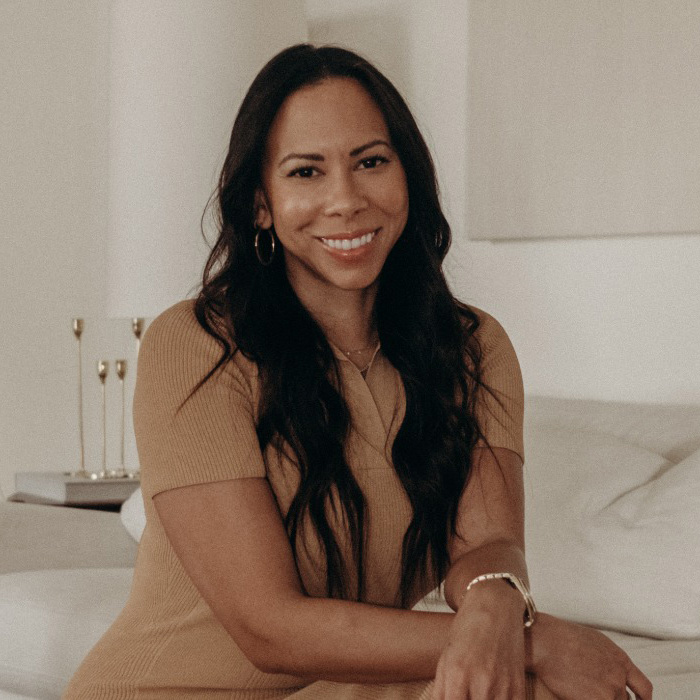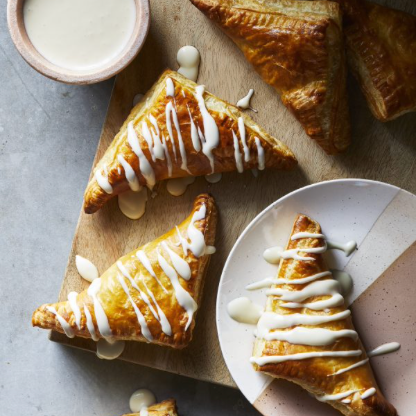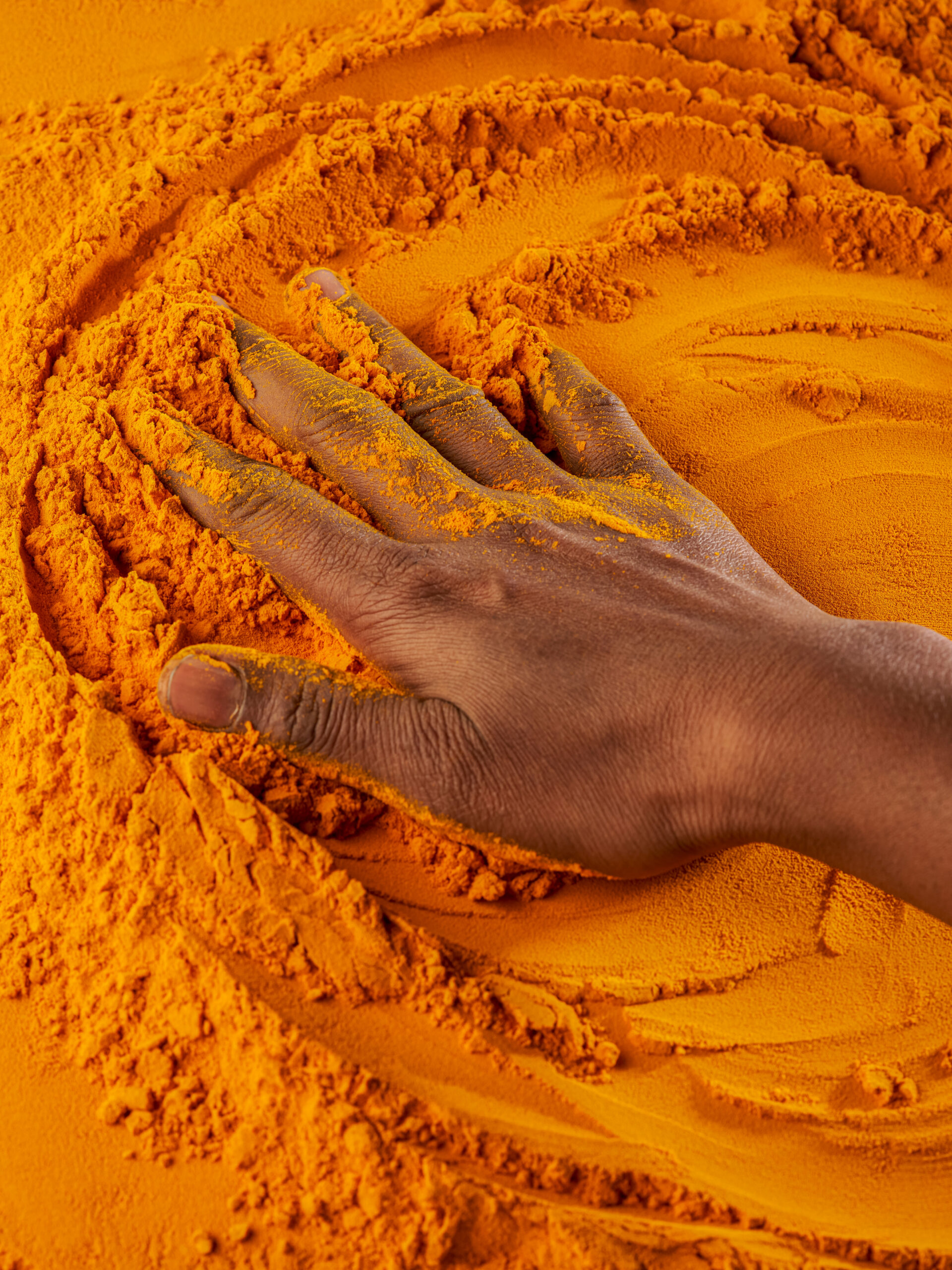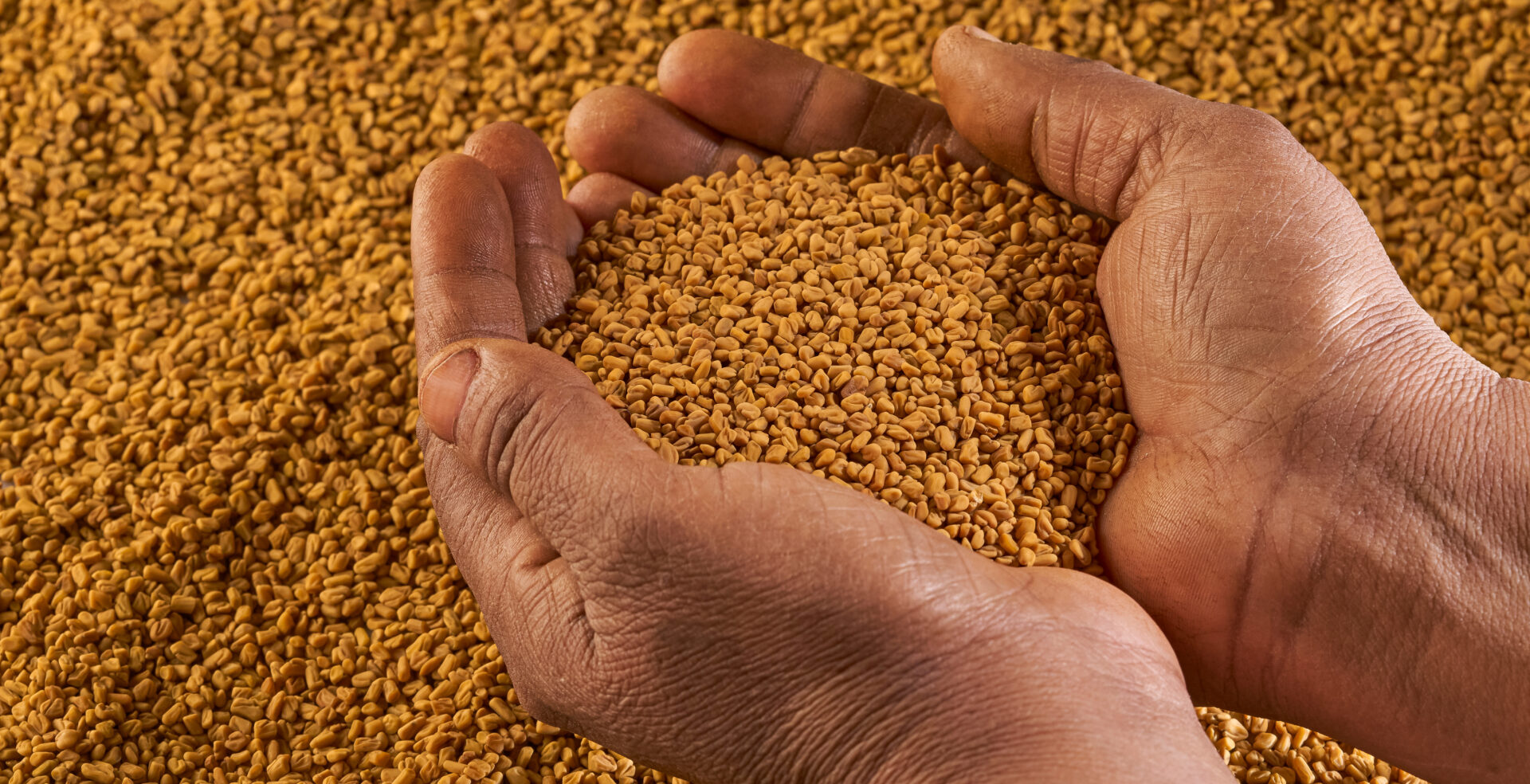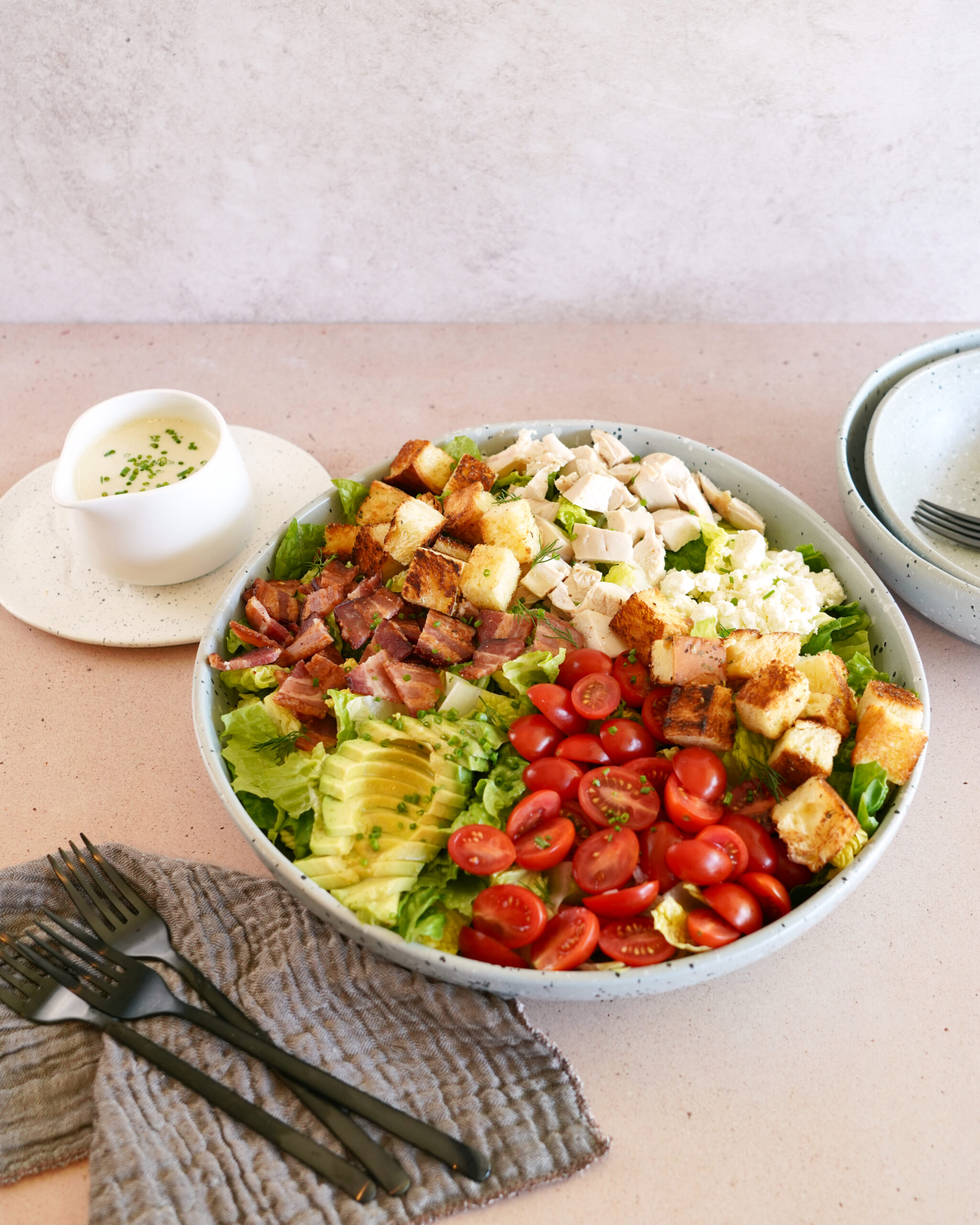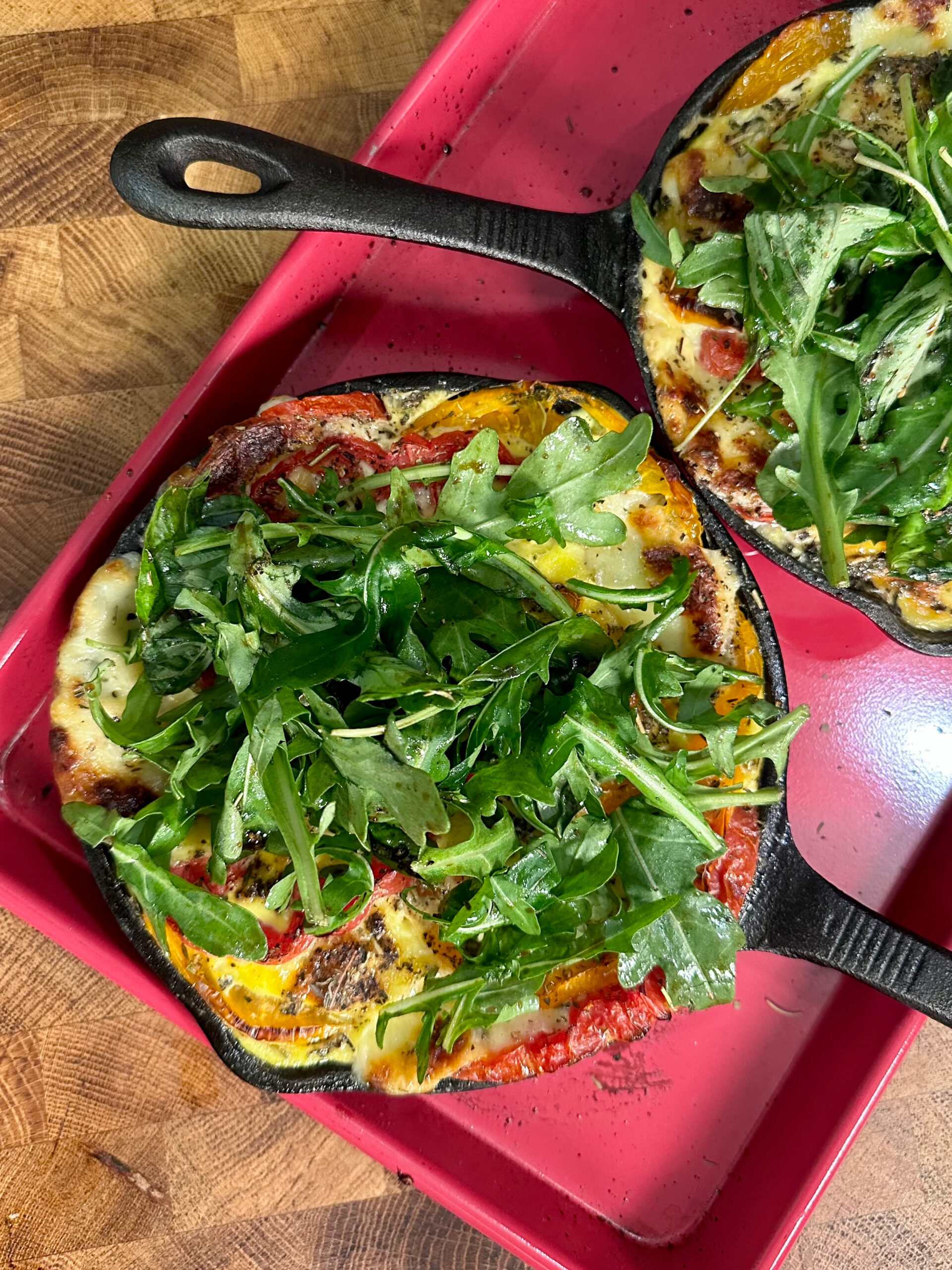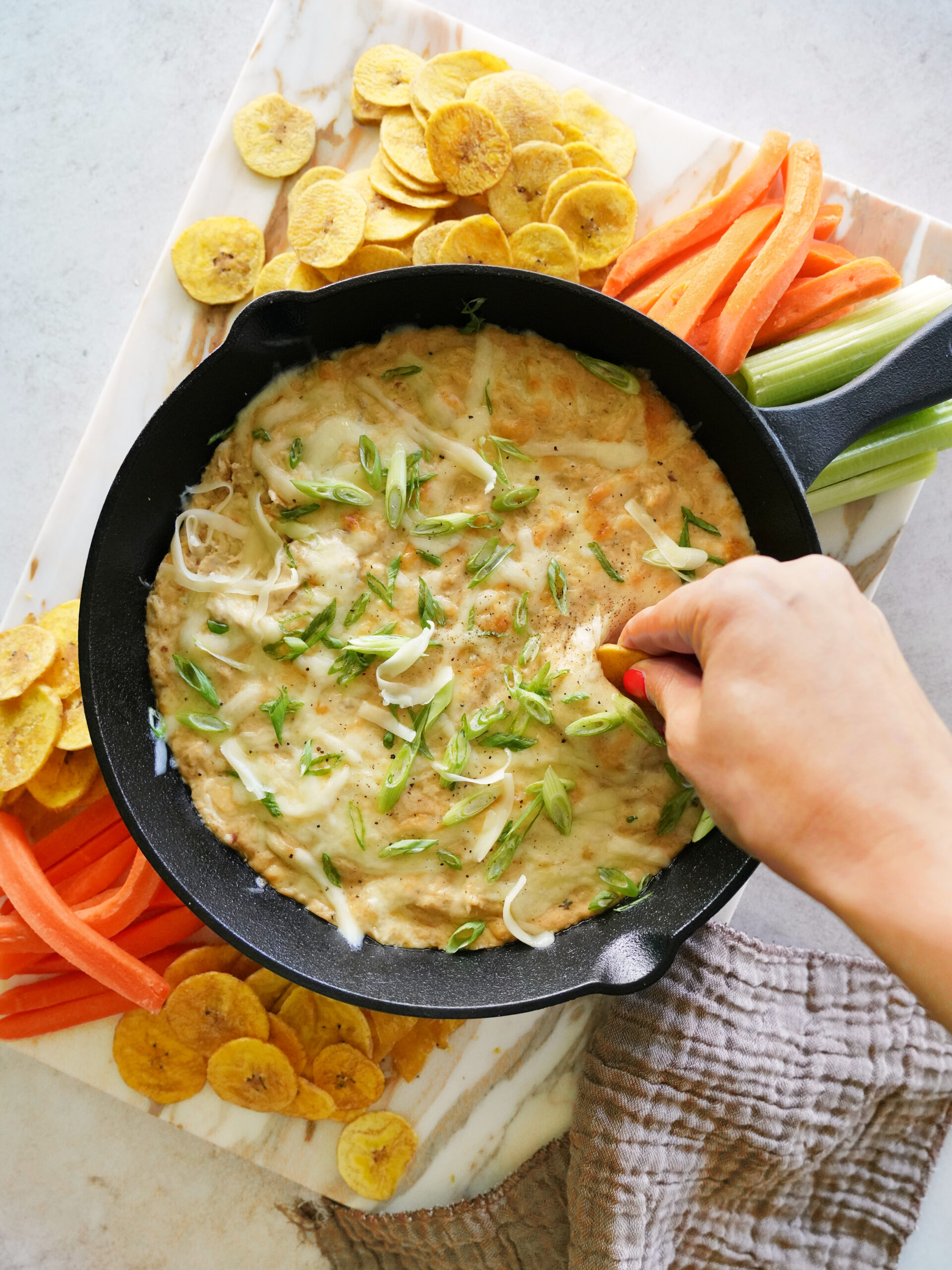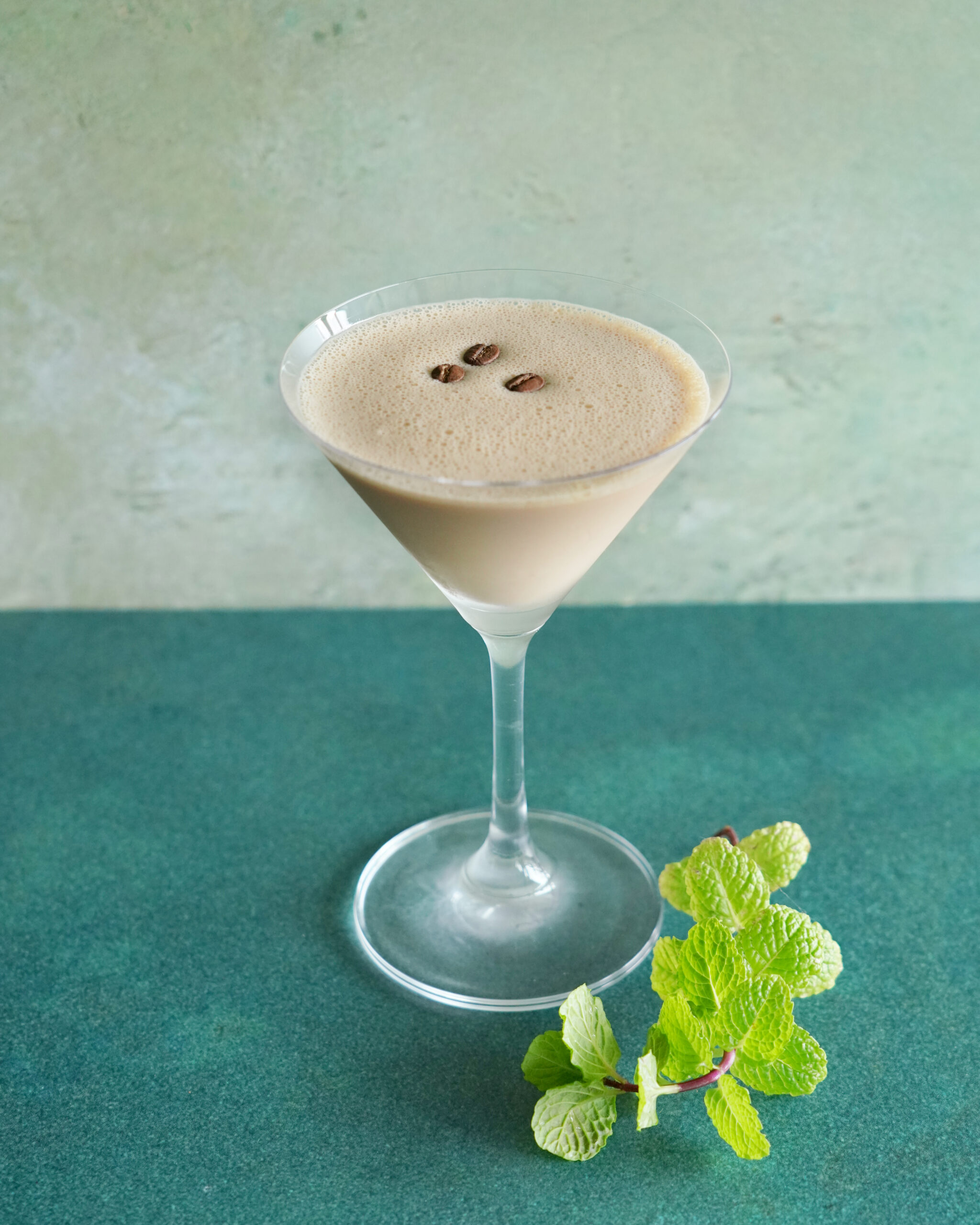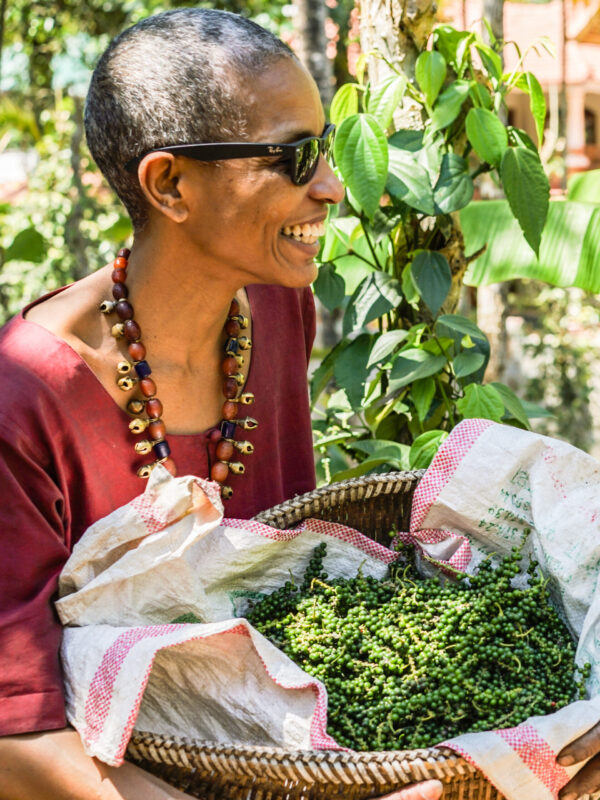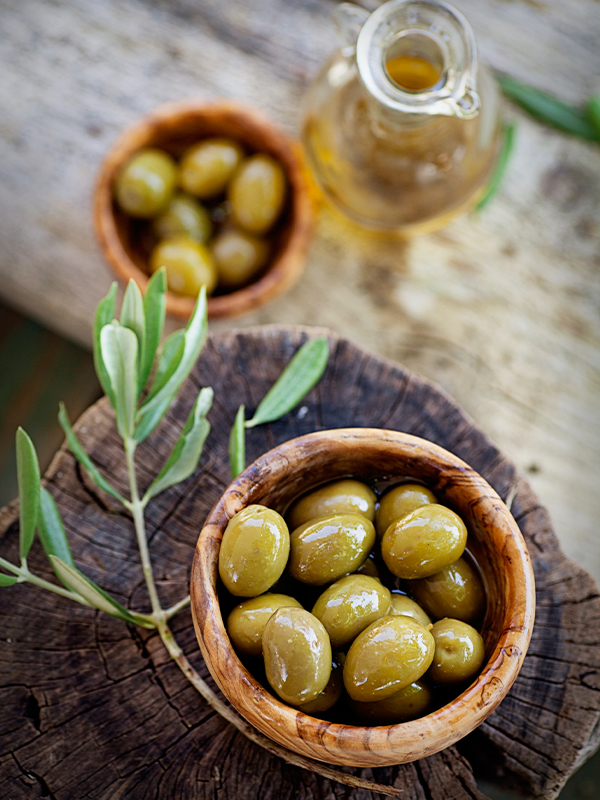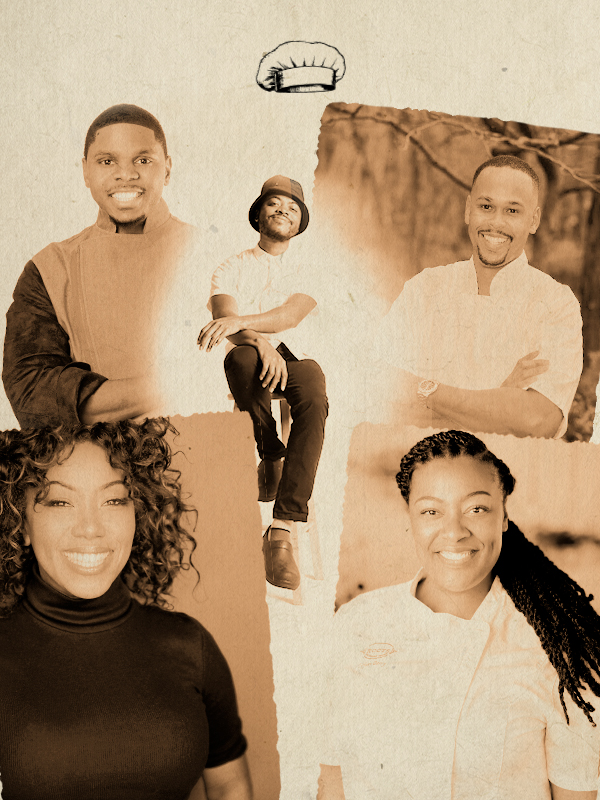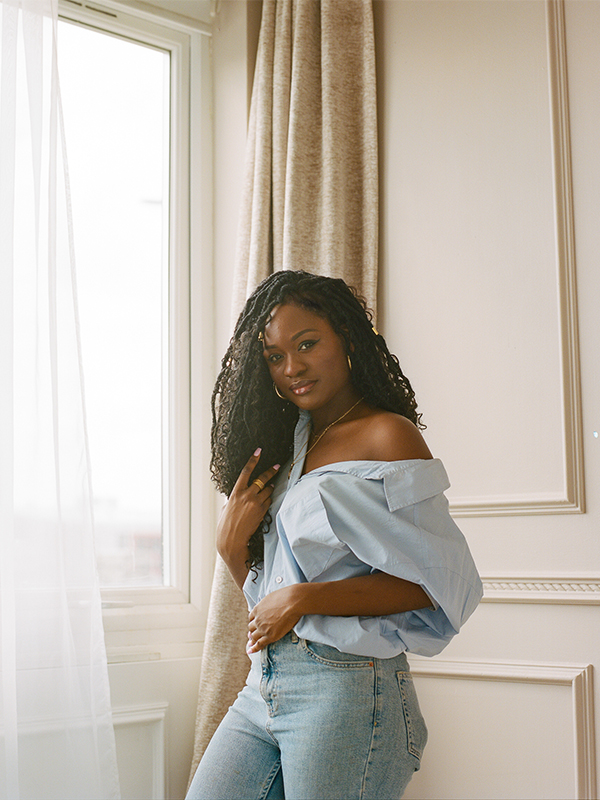In Chef Vikas Khanna’s childhood home in Amritsar, India, there wasn’t a day that didn’t involve using spices and herbs—both in and out of the kitchen.
“We had a sage plant in the house, never used in cooking, but every time you had acne or an injury or swelling, the sage leaf was actually put on this hot iron griddle and heated and then it was put on that place where there was inflammation or there was a wound,” says Khanna. “My grandmother used to say, ‘the kitchen is like a doctor’s office.’ I didn’t even know [as a child] that sage could be used for cooking.”
Now a decorated author, filmmaker, MasterChef judge and Michelin-starred chef, Khanna has come to find that cooking with these ingredients is in fact one of the best entryways to understanding their value. “I feel that when you preach too much about health benefits with food in restaurants, it somehow fires back at you,” says Khanna. “People are just like, ‘let us eat.’”
But that doesn’t mean he’s shying away from praising the worth of spices whenever he can.
He spoke with Sweet July about his spice line in partnership with VAHDAM India, through which he looks to source ethically and intentionally from farmers in India. He also offers guidance for people looking to maximize the benefits of spices.
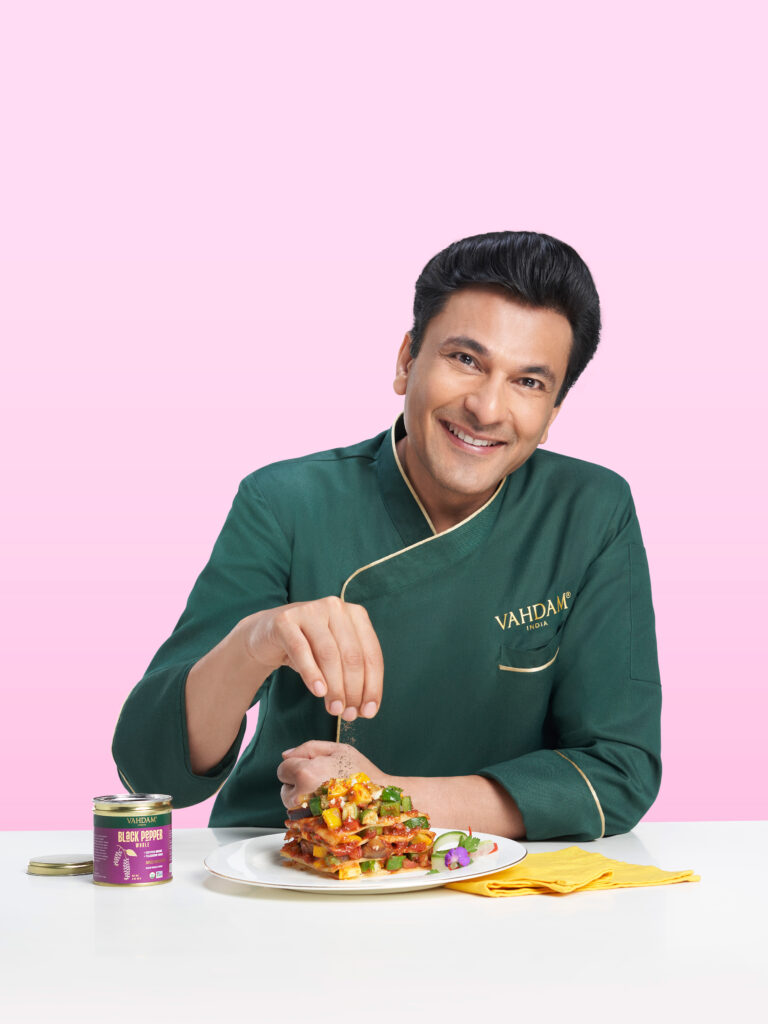
What are some of the best memories you have growing up with spices in your home?
Chef Vikas Khanna: So in India, we have holy basil, which was not used in cooking but predominantly in offerings to Gods. Many Hindu homes in ancient India used to have a little holy basil plant outside their house to protect the energy. Somehow ritualistically it was also in our cooking. So every time we had a sore throat or anything, we would have this tea, which was cooked with holy basil and honey (we had raw honey at home).
I had to pretend to be sick to get these things (please God forgive me!). I also remember my first taste of Ashwagandha—my grandmother made a paste for me because I was leaving home for the first time to learn cooking. She said that I should consume it only when I’m sick. So I asked her, “What about homesickness?”
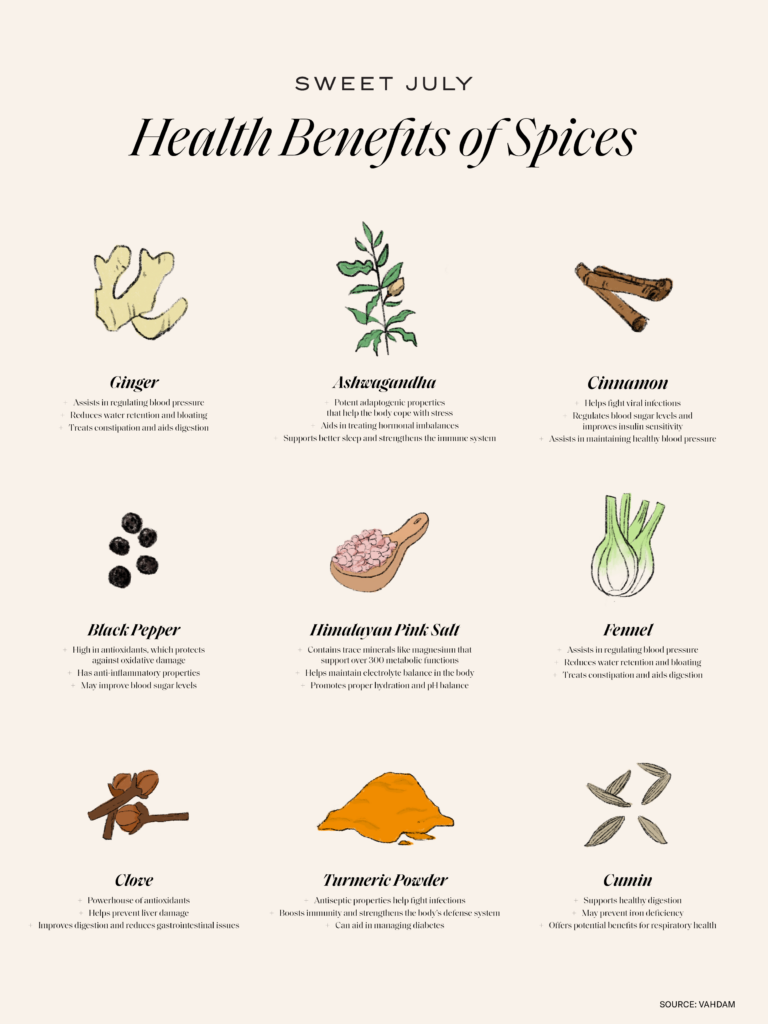
For someone looking to integrate spices into their home and kitchen more prominently, what three spices do you recommend they start with focusing on?
VK: One spice I feel everybody should have in the pantry is turmeric. Even if you’re drinking a little bit of regular milk or milk substitutes, just adding a teaspoon of turmeric powder per cup of any kind of milk—it is such a benefit if you drink this before sleeping. If you’re doing mashed potatoes, just add a little turmeric. For people who are skeptical [about turmeric], I must state that they’ve been having turmeric since they’ve been having Dijon mustard. Dijon mustard gets the yellow color from turmeric.
The second is cumin. Cumin is amazing for two reasons. It adds a beautiful smoky flavor. If you fry it or dry roast it and you lightly ground it, it exaggerates the flavor. It’s amazing for those smoky notes you need in your barbecue meats or in your curries.
The third spice I’m going to suggest is fennel seeds. People get confused—the fennel plant is different from fennel seeds. When I say fennel seeds, they almost look like a cousin of cumin, but they have amazing digestive and immunity benefits. They also add a beautiful licorice taste to food. It’s one of my favorite spices.
Can you talk about the value of ethically sourcing these spices and ensuring that you’re doing this in partnership with VAHDAM India?
VK: So when we partnered with VAHDAM, the biggest benefit of working with them was that I could support the farmers who are doing single-spice farming. It’s like going to a mom and pop small cafe versus a large corporation serving coffee. I come from a humble background, me and my mom used to run a small catering space. We had competition with big hotels. I understand the benefits of supporting a small community of people working together. Working with these small farms, with VAHDAM, is my most important tool.
What’s the best way to store and cook these spices?
VK: Storing them is a very important part of their life. Make sure your container is absolutely sterilized and that you can seal it. Many people keep it right above their heating counter, which you shouldn’t do. What is happening is that you are subjecting that bottle to heat and you’re losing all the flavors. Store spices in a dry, cool place—exactly what you do with your medications. And make sure that when you buy them, there’s lead time from the expiration date.
When you’re cooking spices, there are three ways I feel are most beneficial: frying them, dry roasting them and third, which people do not know as much, is actually crushing them in your hand a little bit. Crushing activates the oils and suddenly they become very aromatic. With dry roasting, you have to be very careful. Do not use very high heat to dry roast them, you’re going to burn them and turn them very bitter. With recipes in which there are multiple spices that are being dry roasted, I recommend beginners dry roast them individually. Because every spice has a different tolerance. It’s almost like cooking with different oils, at different smoking points.
What solutions do you have for people who claim they can’t cook with spices because they have an aversion to spicy foods?
VK: Start with something friendly, like a beautiful star anise. It’s so amazing. It doesn’t interfere with anything too much. As you’re making a stock, just add a star anise, just the way you would do to a cinnamon stick. You can remove it, you can just strain it out.
I face this a lot in New York—“I can’t tolerate too much spice.” There’s a misnomer here. When we say spice, it doesn’t always mean pungency. Some spices can lead to pungency, majority of them don’t. The majority of the spices add these multiple echoes of flavors in your food. If you dislike something, sometimes it just means you don’t understand it properly. I do feel that making friends with them is more important.
This interview has been edited and condensed for clarity.



